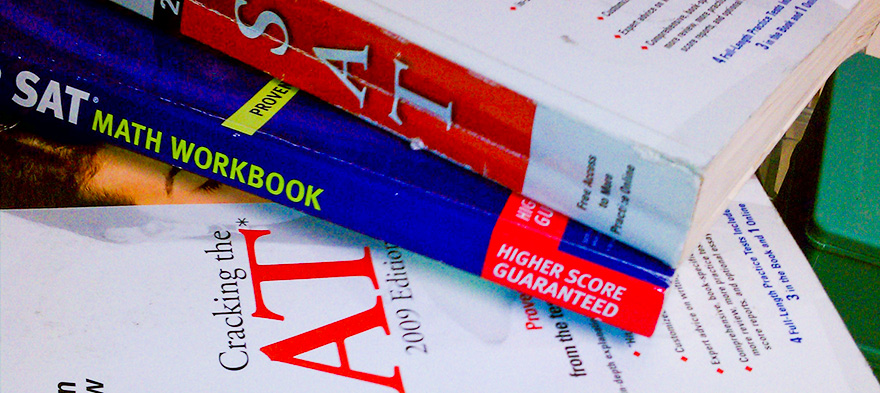
Oct 3, 2017 12:00:00 AM
In redesigning the SAT, the College Board aimed to build a more straightforward test that reflects the strengths students will need for college. It dumped obscure vocabulary words in favor of requiring students to justify their answers. It covers fewer math topics, but in more depth. It’s also shorter, with no penalty for wrong answers.I actually think that changing the test was a great idea, because I don’t think students should be penalized for wrong answers or guessing; nor should it be a measure of how fast you can get a right answer. I might be a fan of the obscure vocabulary words, but it was one of the aspects of the test that made it culturally biased. For that reason, I was hoping we might see some closing of the race gaps. But that didn’t happen. As the article explains:
The 2017 SAT scores show inequities similar to those of earlier years. Asian (1181), White (1118), and multiracial (1103) students score far above the average composite score of 1060, while Hispanic (990) and African-American (941) students score significantly below it. Because the new test is reported for two sections instead of three, the maximum composite score a student can get is now 1600 rather than 2400 for the previous version. Likewise, scores continue to correlate with family educational background. The composite average score of students whose parents have bachelor’s degrees (1118) far outstrips the average of students whose parents have only a high school diploma (1003).So we’ll have to call this year a draw—a new test with some mixed results and confusion for college admission officers. The College Board predicts the upward trajectory will continue next year, and bear out the idea that the changes will show genuine progress for high school students. We can only hope this turns out to be true. Having 54 percent of our college aspirants unprepared for college is a national embarrassment.
Tracy Dell’Angela is a writer, education nonprofit executive director and a mom passionate about education improvements. Previously, Tracy was Director of Outreach and Communications for the Institute of Education Sciences (IES) at the U.S. Department of Education in Washington, D.C. She came to IES from the University of Chicago Consortium on Chicago School Research, which produces research that drives improvement in Chicago and nationwide. She also served as Senior Project Director for 100Kin10 at the University of Chicago and was Director of Program Investments and Partnerships for the Chicago Public Education Fund. Tracy spent most of her career as an award-winning newspaper journalist, including 12 years at the Chicago Tribune as an education reporter covering national policy and the Chicago Public Schools. A Californian by birth but a Chicagoan in spirit, Tracy attended University of Chicago as a master's student in social sciences and earned a B.A. in journalism and political science from San Diego State University.
The story you tell yourself about your own math ability tends to become true. This isn’t some Oprah aphorism about attracting what you want from the universe. Well, I guess it kind of is, but...
If you have a child with disabilities, you’re not alone: According to the latest data, over 7 million American schoolchildren — 14% of all students ages 3-21 — are classified as eligible for special...
The fight for educational equity has never been just about schools. The real North Star for this work is providing opportunities for each child to thrive into adulthood. This means that our advocacy...
Your donations support the voices who challenge decision makers to provide the learning opportunities all children need to thrive.
Ed Post is the flagship website platform of brightbeam, a 501(c3) network of education activists and influencers demanding a better education and a brighter future for every child.
© 2020–2024 brightbeam. All rights reserved.
Leave a Comment